In this auspicious occasion, we are delighted to delve into the intriguing topic related to Europe in 1980: A Continent in Transition. Let’s weave interesting information and offer fresh perspectives to the readers.
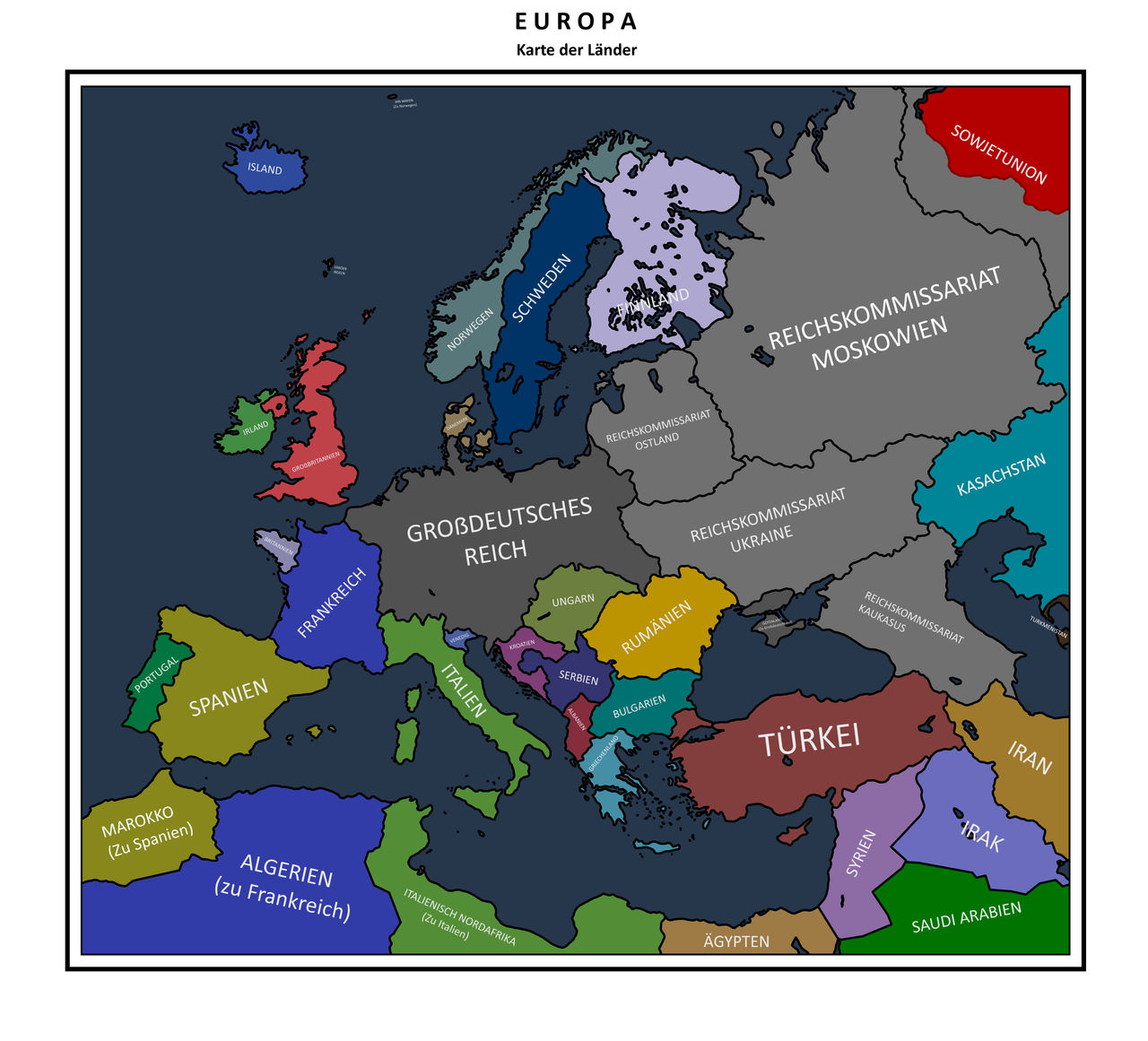
The Europe of 1980 was a continent on the cusp of significant change. The Cold War, a defining force for much of the 20th century, cast a long shadow, dividing Europe into two distinct blocs. The Soviet Union and its allies in Eastern Europe formed the Eastern Bloc, while Western Europe, under the umbrella of NATO, stood firmly against the communist ideology. This division was not merely political; it was reflected in the economic systems, cultural values, and even the physical landscape of the continent.
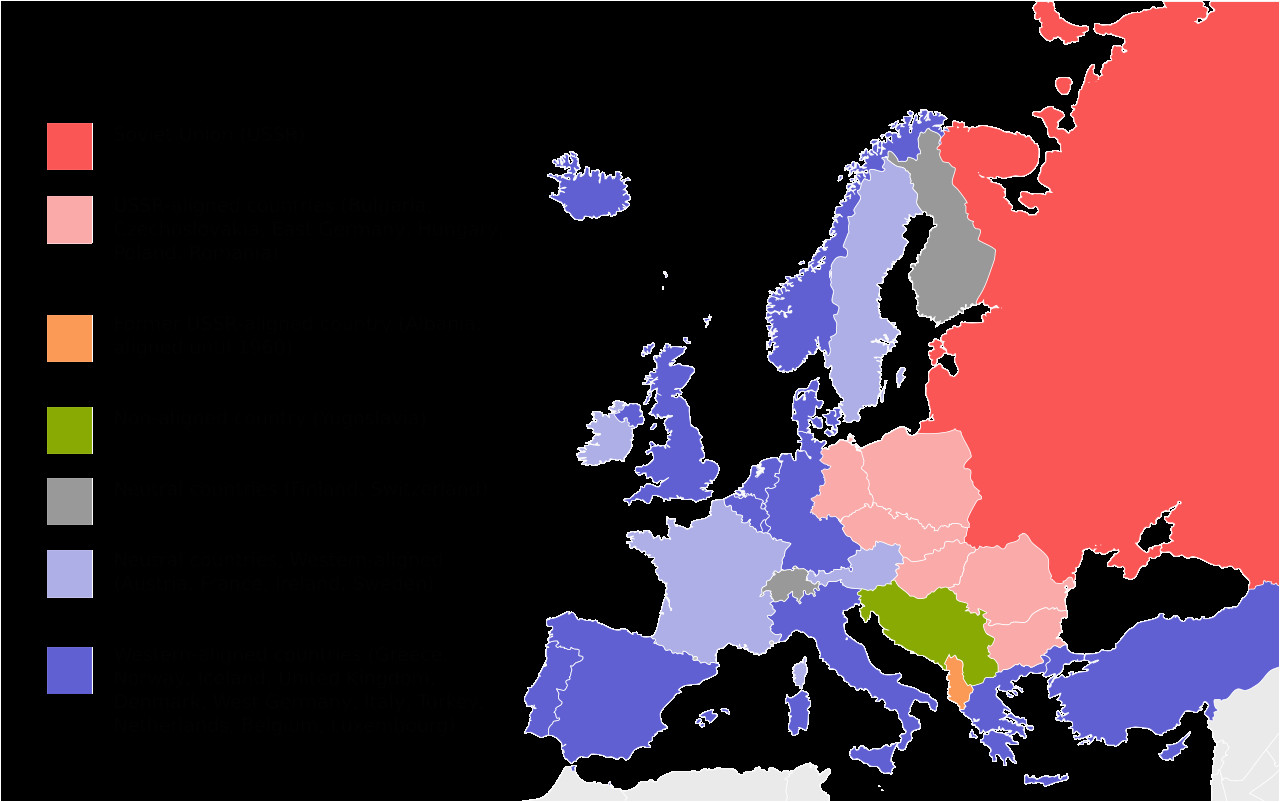
The map of Europe in 1980 clearly illustrated this division. The Iron Curtain, a metaphorical barrier symbolizing the separation between East and West, stretched across Central Europe. The German Democratic Republic (East Germany) was a stark reminder of the Cold War’s impact, separated from its Western counterpart by the Berlin Wall. The Eastern Bloc countries, including Poland, Czechoslovakia, Hungary, Romania, Bulgaria, and Albania, were under the control of the Soviet Union, with limited freedom of movement and expression.
While the Eastern Bloc was characterized by communist rule and a centralized economy, Western Europe was experiencing a period of economic growth and political stability. The European Economic Community (EEC), later to become the European Union, was established in 1957 and was steadily expanding its influence. The EEC aimed to promote economic cooperation and integration among its member states, laying the groundwork for a unified European market.

While the map of Europe in 1980 reflected a deeply divided continent, it also hinted at the seeds of change. The Solidarity movement in Poland, the growing dissatisfaction with communist rule in other Eastern European countries, and the increasing economic and political integration in Western Europe all pointed towards a future where the Iron Curtain might eventually fall.
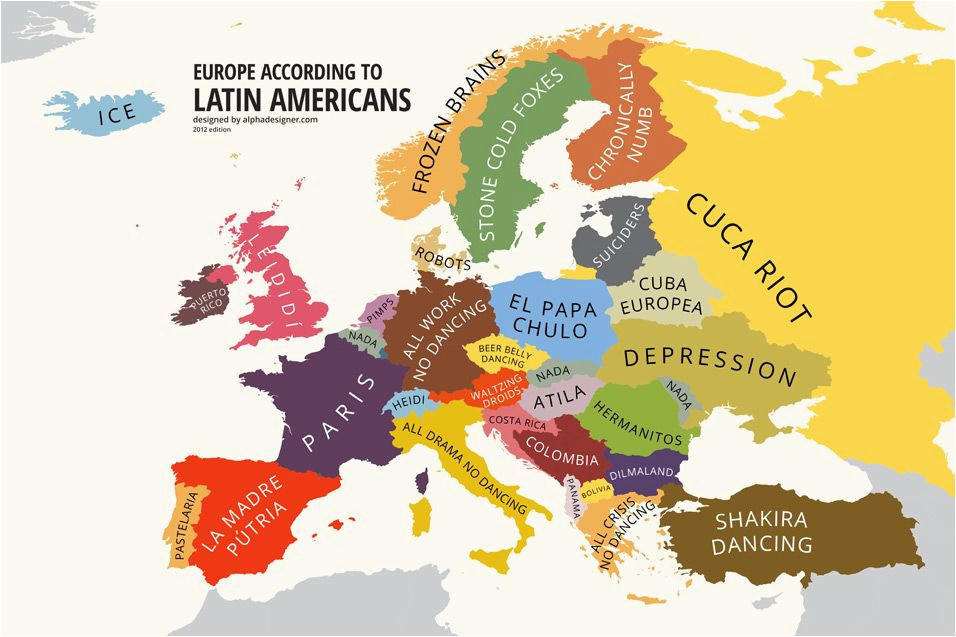
The map of Europe in 1980 serves as a powerful reminder of the Cold War’s impact on the continent. It highlights the political, economic, and social divisions that shaped Europe during this period. It also underscores the significance of the events that unfolded in the 1980s, leading to the eventual collapse of the Soviet Union and the reunification of Germany.

A: Eastern Europe was dominated by communist regimes, with a centralized economy, limited political freedom, and restricted travel. Western Europe, in contrast, was characterized by democratic governments, market economies, and greater individual liberties.

A: The Soviet Union exercised significant control over its Eastern European allies, maintaining a military presence and influencing their political and economic decisions.
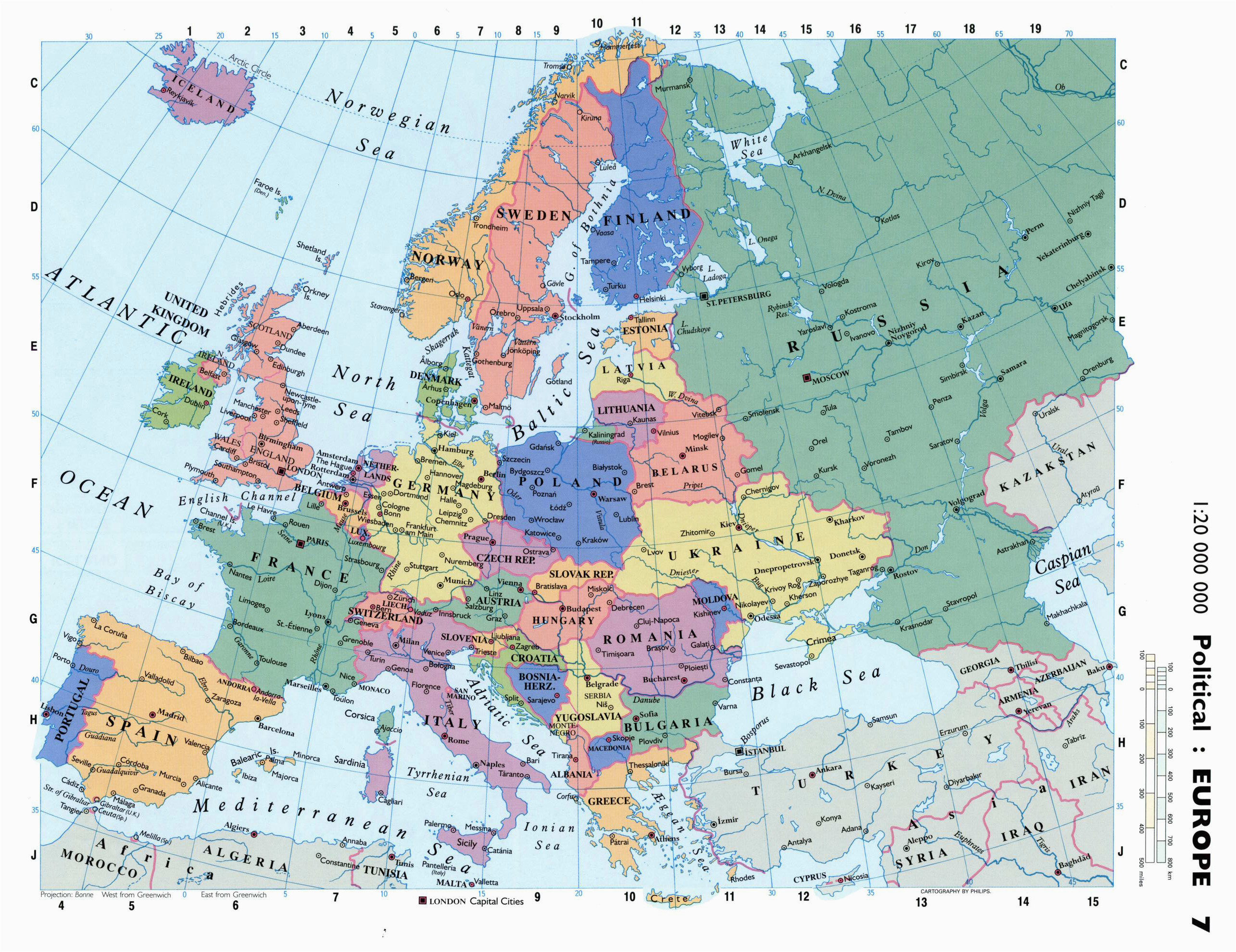
Q: What were the key events that led to the fall of the Berlin Wall and the end of the Cold War?
A: The Solidarity movement in Poland, the election of Mikhail Gorbachev as Soviet leader, and the subsequent reforms he implemented, along with the economic stagnation and political unrest in Eastern Europe, ultimately contributed to the fall of the Berlin Wall in 1989 and the collapse of the Soviet Union in 1991.
A: The Cold War had a profound impact on Europe, creating political divisions, economic disparities, and social tensions. It also influenced the development of military alliances, such as NATO and the Warsaw Pact, and shaped the geopolitical landscape of the continent.
The map of Europe in 1980 offers a snapshot of a continent grappling with the complexities of the Cold War. While the map reflects a period of division and tension, it also foreshadows the transformative events that would unfold in the coming years, leading to the eventual reunification of Europe and the ushering in of a new era of cooperation and integration. Understanding the historical context of the 1980 European map provides valuable insights into the contemporary political, economic, and social dynamics of the continent.








Thus, we hope this article has provided valuable insights into Europe in 1980: A Continent in Transition. We appreciate your attention to our article. See you in our next article!
Your email address will not be published.
